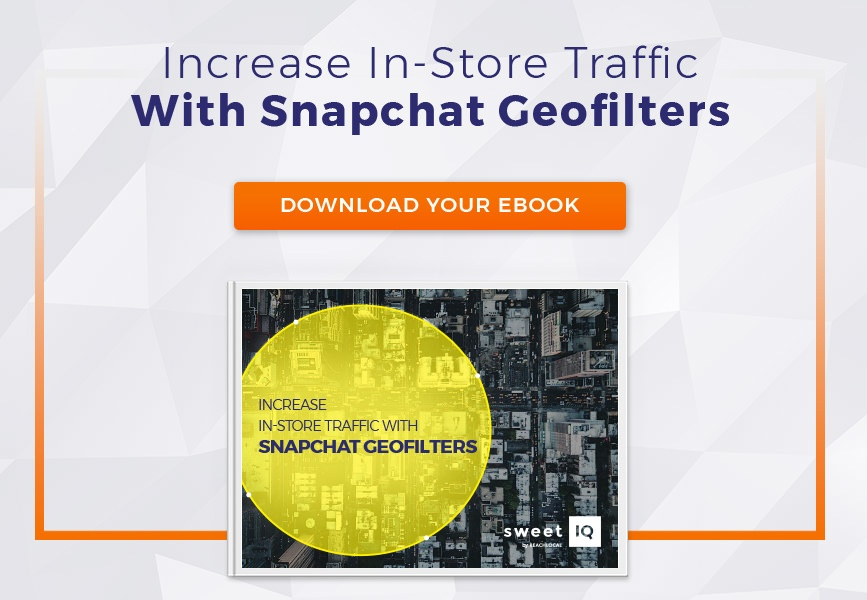- Posted
- By Editorial Team
- comments
Google Quietly Adds Greater Clarity to Your Next Drive
Google recently slipped in a new feature to Maps that could save you a bunch of time on your drive when bad traffic is afoot.
The new, unnamed tool appears to users as a bar graph in the directions tab. When route options between locations pop up, a sea of gray bars set in half-hour increments will appear just below, highlighted by a coloured bar indicating the best time period to depart for your destination if you want to arrive on time. If traffic is particularly bad on the fastest usual route, the feature will also make similar departure recommendations for other routes.
In the meantime, the feature is only available to Android users in the United Kingdom and United States, but this is likely just the test period before it’s rolled out to other countries and operating systems.
Marketers Unhappy With Localization Efforts, but Also Not Budgeting for Them
In a story of math not quite adding up, a recent study by The CMO Council uncovered that 75 per cent of marketers are committing no more than 10 per cent of their budgets to localization efforts, yet 63% of those same marketers are unsatisfied with their local results.
That sentiment appears to line up even less with the fact that, of that 75 per cent, almost two-thirds are budgeting under five per cent.
The survey — which included 150 contributors total, including C-level execs from top companies such as Pepsi, Chobani, and Starwood Hotels and Resorts — showed that teams among the unsatisfied are, at best, “getting better” and, at worst, doing “not well at all” in regards to maintaining supply chains and developing creative branded content at the local level.
Automated Ride Sharing Just Got a Major Lyft
The self-driving car revolution continues to roll on and Lyft is going all in.
Focusing on getting ahead of the curve and keeping pace with chief rival Uber, the ride-sharing company will launch its own division dedicated to what it calls its “open self-driving platform.” Lyft’s new 50,000-square-foot facility in Palo Alto, California — dubbed “Level 5” — will feature labs and testing spaces, where it will continue to develop its efforts to create a singular network that its self-driving cars can connect to. The hope is that, eventually, car manufacturers will introduce autonomous vehicles into the company’s fleet.
There’s still much work to be done before this project begins bearing fruit, such as attracting top engineers and other industry talent, navigating potential regulatory setbacks and figuring out ways to alleviate concerns about human drivers being phased out entirely. From the world of local, we expect self driving cars to have an immense impact on local marketing and, specifically, O2O attribution. Generating data through high-tech cars and directing shoppers to doors in a seamless, autonomous way will redefine local search.





